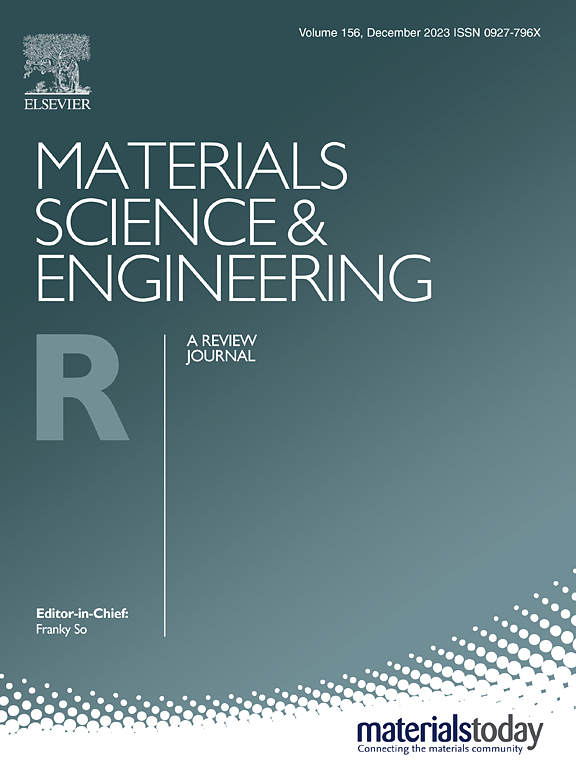Two-dimensional van der Waals ferroelectrics: A pathway to next-generation devices in memory and neuromorphic computing
IF 31.6
1区 材料科学
Q1 MATERIALS SCIENCE, MULTIDISCIPLINARY
引用次数: 0
Abstract
The rapid increase in CPU processing speeds has significantly advanced artificial intelligence, yet it has also exacerbated the disparity in CPU utilization and data throughput rates due to the shared memory architecture of traditional von Neumann systems. To enhance computational efficiency, there is a critical need to explore advanced functional materials and integrate these into novel computing architectures. Two-dimensional (2D) ferroelectric materials, characterized by their atomic-scale ferroelectric non-volatile properties and low switching barriers, emerge as promising candidates. These materials are particularly suitable for use as non-volatile resistors and artificial synapses within in-memory computing frameworks. Furthermore, their compatibility with Si-CMOS technology enables the high-density integration of devices, potentially driving a new paradigm in integrated computation between processing units and storage architectures. This review focuses on recent developments in 2D ferroelectric materials, including their structural properties, polarization switching mechanisms, and diverse applications. Special emphasis is placed on their potential in integrated applications such as non-volatile memories, neural network computing, non-volatile logic operations, and optoelectronic memories within neuromorphic computing devices.
二维范德华铁电:通向下一代存储器和神经形态计算设备的途径
中央处理器处理速度的快速提升极大地推动了人工智能的发展,但同时也加剧了传统冯-诺依曼系统的共享内存架构所导致的中央处理器利用率和数据吞吐率之间的差距。为了提高计算效率,亟需探索先进的功能材料,并将其集成到新型计算架构中。二维(2D)铁电材料具有原子尺度的铁电非易挥发特性和低开关障碍,是很有前途的候选材料。这些材料特别适合用作非易失性电阻器和内存计算框架中的人工突触。此外,它们与 Si-CMOS 技术的兼容性实现了器件的高密度集成,有可能推动处理单元与存储架构之间集成计算的新模式。本综述重点介绍二维铁电材料的最新发展,包括其结构特性、极化转换机制和各种应用。特别强调了它们在集成应用中的潜力,如非易失性存储器、神经网络计算、非易失性逻辑运算以及神经形态计算设备中的光电存储器。
本文章由计算机程序翻译,如有差异,请以英文原文为准。
求助全文
约1分钟内获得全文
求助全文
来源期刊

Materials Science and Engineering: R: Reports
工程技术-材料科学:综合
CiteScore
60.50
自引率
0.30%
发文量
19
审稿时长
34 days
期刊介绍:
Materials Science & Engineering R: Reports is a journal that covers a wide range of topics in the field of materials science and engineering. It publishes both experimental and theoretical research papers, providing background information and critical assessments on various topics. The journal aims to publish high-quality and novel research papers and reviews.
The subject areas covered by the journal include Materials Science (General), Electronic Materials, Optical Materials, and Magnetic Materials. In addition to regular issues, the journal also publishes special issues on key themes in the field of materials science, including Energy Materials, Materials for Health, Materials Discovery, Innovation for High Value Manufacturing, and Sustainable Materials development.
 求助内容:
求助内容: 应助结果提醒方式:
应助结果提醒方式:


